Kampot’s chilled-out charm
Articles on this site contain affiliate links, meaning I may be compensated if you buy a product or service after clicking them. The full privacy & disclosure policy is here.After lazing around forever on Otres beach and trying to avoid Koh Rong’s wildlife, it was finally time to leave the Cambodian coastline. We didn’t stray too far, of course – just a couple of hours in a crowded minivan down what passes for the main road from Sihanoukville.
I’d heard good things about Kampot for years, but never quite managed to get there. Much like Bokor Hill Station before the developers moved in, the place has a faded colonial charm. Old French buildings quietly decay along the main promenade, now largely converted into chilled-out restaurants and bars. There are as many bicycles as scooters riding by, and even the wide, brown river doesn’t seem to be in much of a hurry to get anywhere.
Sleepy doesn’t even start to describe it. Like Kratie in the north of the country, Kampot is the kind of place where the days soon blur into a happy haze of sundowners and seafood, and any plans to leave get quietly shelved.
You need just one last plate of incredible ribs at the Rusty Keyhole. Maybe fit in another life-changing lunch of crabs in green pepper sauce somewhere. Of course those happy hour cocktails at Rikitikitavi really are very good.
One more day can’t hurt … right?
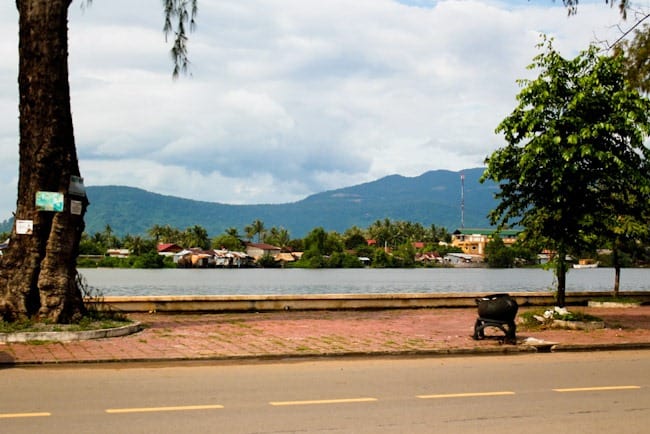
While the town has around 40,000 residents, you’d never know it as a tourist. For visitors life is lived within a few blocks of the riverfront, and once you cross the water things become rural in a hurry. Feeling the need to explore one warm afternoon, I fired up the scooter and bounced my way across the Old Bridge. This mismatched patchwork of iron and wood was destroyed during the time of the Khmer Rouge, and felt like it was going to fall back into the river any second.
Within two minutes the tarmac had run out, the puddles had grown larger and I was surrounded by rice fields. Small wooden shacks replaced the crumbling villas, and laughing children waved and shouted hello as the clumsy barang tried to negotiate his way around the potholes.
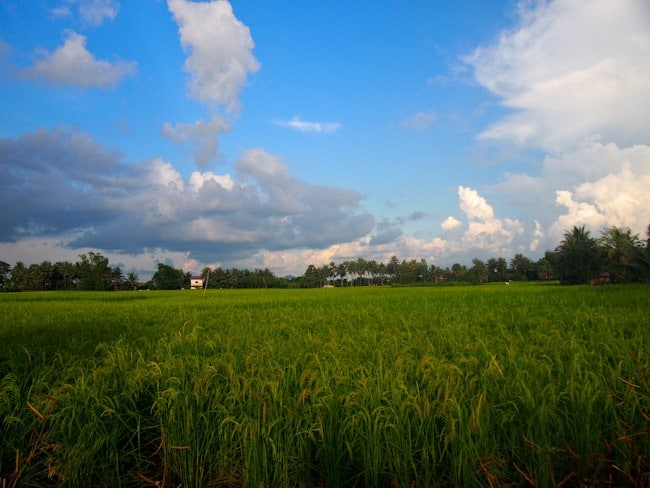
I was pretty sure that the road would eventually take me to the coast, and stopped to confirm it while splashing a bottle of petrol into the tank. “Where you go?” asked the shop owner, his giggling kids scurrying away around the corner. I shrugged and smiled. “The sea … maybe?”
His grin grew larger as he processed what I’d said. “YES!” With an expansive wave of his arm, he gestured down the track. “That way. Not far. Five kilom.” With encouraging noises, he sent me on my way.
Glancing nervously at the darkening clouds behind me, I squelched through a large pool of mud and back onto the rutted dirt. That’s the good thing about a rented scooter … there’s nowhere it can’t go. Apparently.
You know those times in your life when you’re gingerly picking your way down a muddy track on a motorbike in rural Cambodia, grappling with a dodgy throttle with one hand while waving to passing children with the other, narrowly avoiding chickens and thinking to yourself that the road can’t get any worse? And then it does?
Yeah, that.
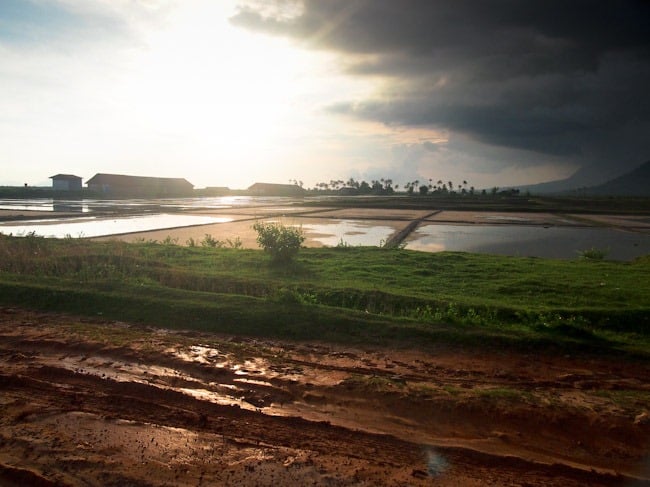
Any sensible person would have turned around after the first or second time they got bogged. It took me a lot longer, because I’m an idiot. Eventually, however, raised eyebrows from the locals and the first spatters of rain on my face convinced me that it was time to perform the world’s slowest, muddiest U-turn and head for home.
Of course, South East Asia at the end of the monsoon season is not renowned for light showers. It’s usually either dry or torrential, with about thirty seconds between the two. That’s totally fine when you’re sitting in a cafe with a cold beer, as you glance briefly upwards to note the change of weather. It’s slightly less fine when you’re on a scooter with several kilometres to the nearest paved road.
Ten minutes earlier, a guy on the side of the road had scooped up one of his kids and frantically waved her arm at me as I tottered past. He’d sensibly taken shelter by the time I returned, but in the interests of fairness, lifted up the other daughter to shout and wave as I drove past in the other direction. I can only assume he was advising her to never, ever be as silly as that guy.
Arriving back at the hotel slightly very damp a while later, I was covered in dirt and grinning from ear to ear. There was nothing special about what I’d just done, really – gone for a ride on a muddy track, chatted to a few people and got soaked. It happens every day around here.
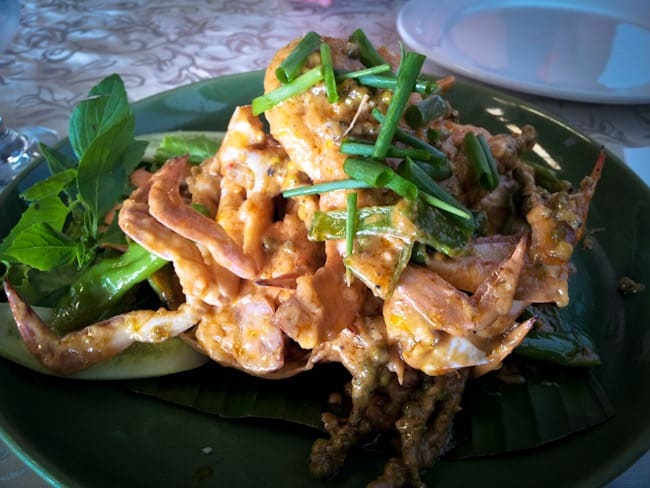
And yet, as I sipped an icy beer that night and wondered if there was room for one last crab leg, those moments started to merge together into a warm memory. Much like Kampot itself, there wasn’t one specific experience that stood out, but rather a stream of little highlights.
We were supposed to leave the following morning, but just didn’t feel that we were quite ready.
One more day couldn’t hurt … right?

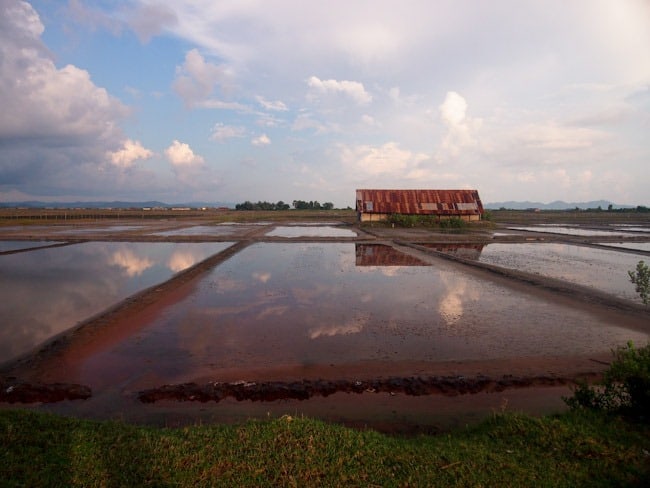
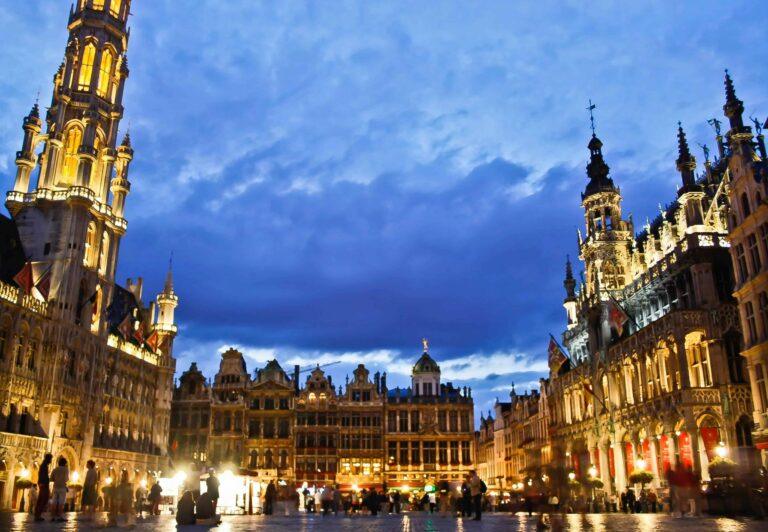
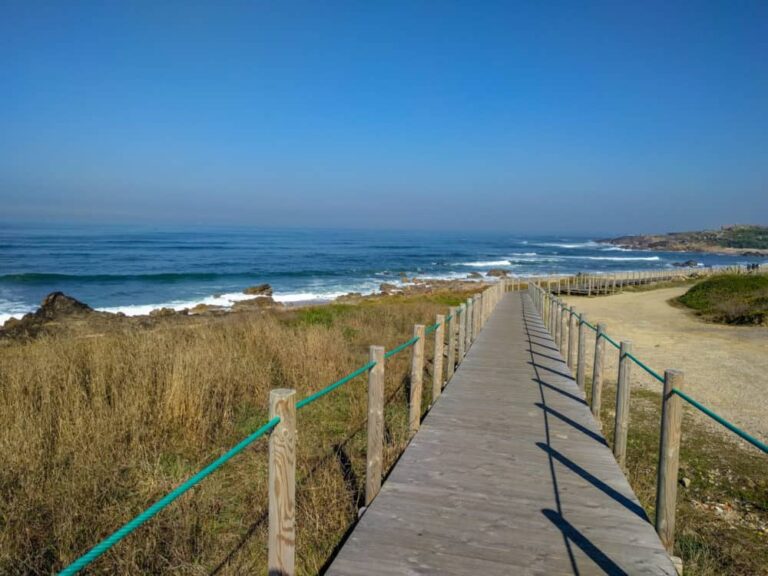
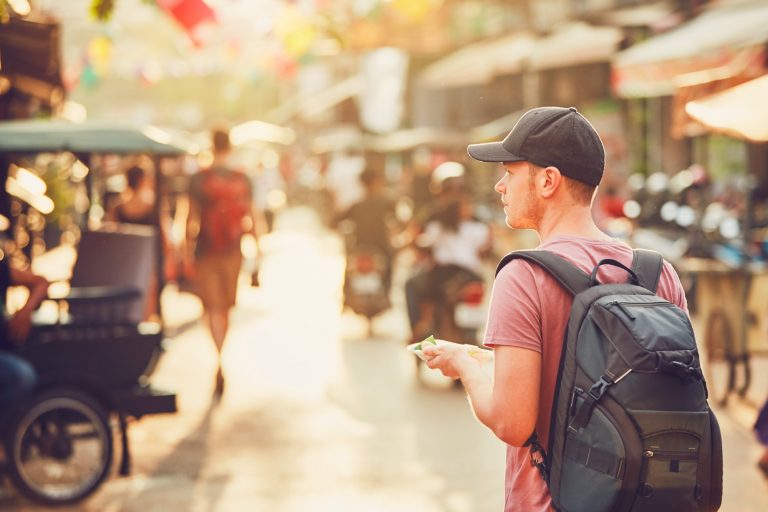
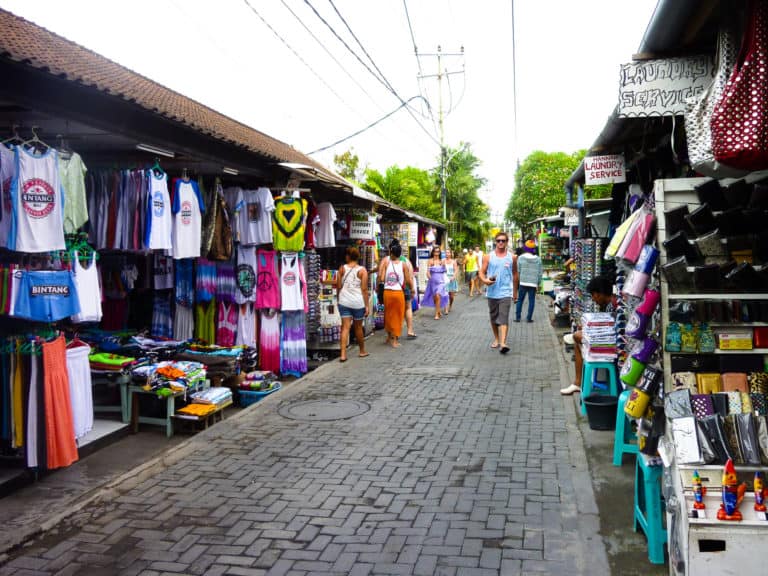
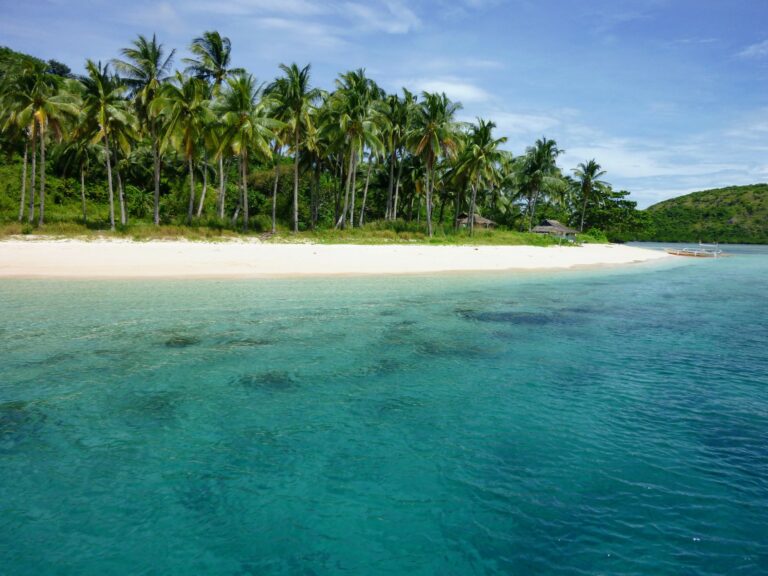
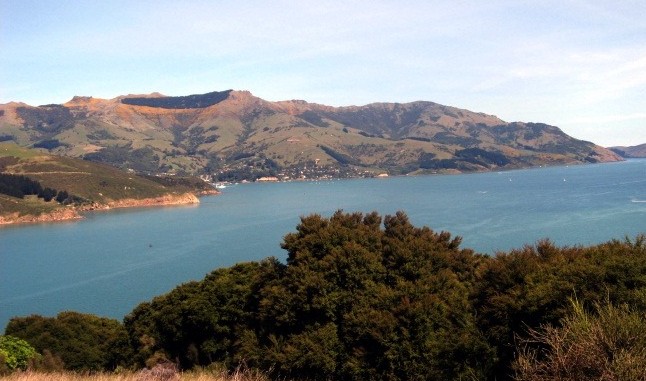
Nice light on the crab photo.
I love this story! Kampot is 100% on my SE Asia agenda for next year. This is the latest of a few articles I’ve read that recommend the place.
I really enjoyed your article. I am heading to Cambodia at Christmas and will be returning to Kratie to see where I used to live (across the Mekong in Prek Presap). Is Kampot really similar to Kratie or is it worth going to as well if the trip is 3 weeks or so?
Hmm. Kampot is kinda similar (on a river, pretty sleepy) but it’s much bigger, and definitely has better food! I’d recommend visiting both if you manage it — three weeks is enough time to get to both north and south, I would have thought, depending on what exactly you want to do. 🙂